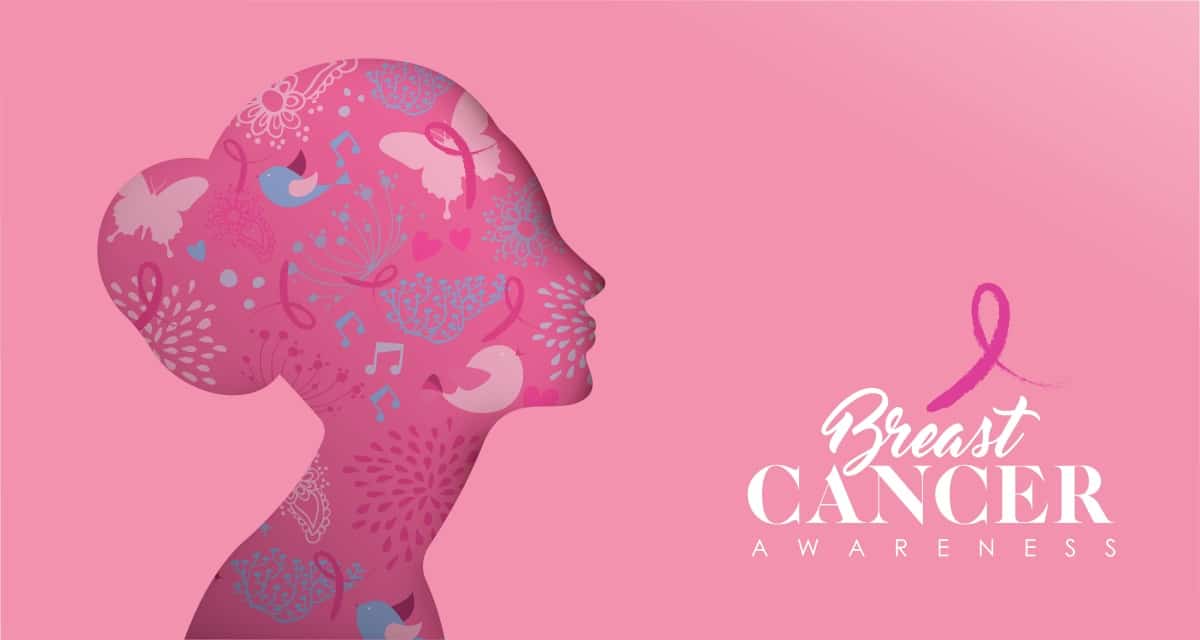
The Breast Cancer Awareness Month, marked in countries across the world every October, helps to increase attention and support for the awareness, early detection and treatment as well as palliative care of this disease.
There are about 1.38 million new cases and 458000 deaths from breast cancer each year. Breast cancer is by far the most common cancer in women worldwide, both in the developed and developing countries. In low- and middle-income countries the incidence has been rising up steadily in the last years due to increase in life expectancy, increase urbanisation and adoption of western lifestyles.
Currently there is not sufficient knowledge on the causes of breast cancer, therefore, early detection of the disease remains the cornerstone of breast cancer control. When breast cancer is detected early, and if adequate diagnosis and treatment are available, there is a good chance that breast cancer can be cured. If detected late, however, curative treatment is often no longer an option. In such cases, palliative care to relief the suffering of patients and their families is needed.
Symptoms of breast tumours vary from person to person, however there are some common early warning signs of breast cancer.

Early warning signs of breast cancer:
- Skin changes, such as swelling, redness, or other visible differences in one or both breasts.
- An increase in size or change in shape of the breast(s).
- Changes in the appearance of one or both nipples.
- Nipple discharge other than breast milk.
- General pain in/on any part of the breast.
- Lumps or nodes felt on or inside of the breast.
It’s important to remember that other, benign conditions may have caused these changes. For example, changes to the skin texture on the breast may be caused by a skin condition like eczema, and swollen lymph nodes may be caused by an infection in the breast or another, unrelated illness. Seeing a doctor for an evaluation will help you determine whether something you notice is cause for concern.
Source: World Health Organization, Cancer Treatment Centers of America








